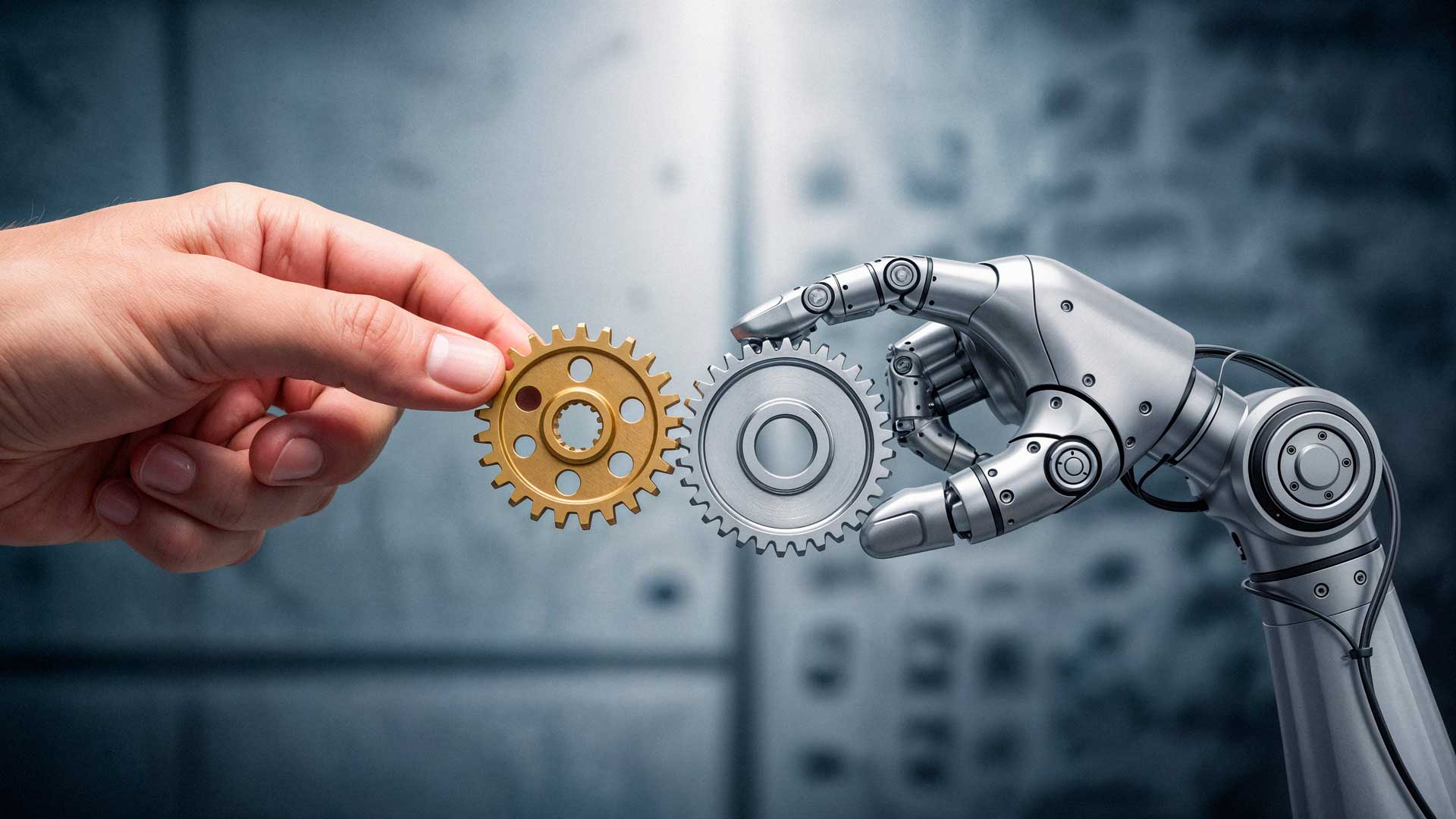If you’re struggling to find a specific industrial spare part, it might be obsolete. Knowing this early can save time and help you take action before it affects your production line.
Signs Your Part Could Be Obsolete
- The manufacturer has stopped making it.
- Technical manuals or updates are no longer available.
- Your usual suppliers can’t find stock.
What to Do Next
- Double-Check the Manufacturer’s Status – Look for official discontinuation notices.
- Document All Specifications – Keep records of model numbers, dimensions, and compatibility.
- Contact a Specialist Supplier – Reach out to experts like AIA, who specialize in finding discontinued industrial parts worldwide.
- Consider Refurbished or Equivalent Options – In many cases, tested refurbished parts are as reliable as new ones.
Final Thought
Obsolescence doesn’t mean it’s the end of the line for your equipment. With the right sourcing strategy and supplier, you can keep your operations running smoothly for years.




